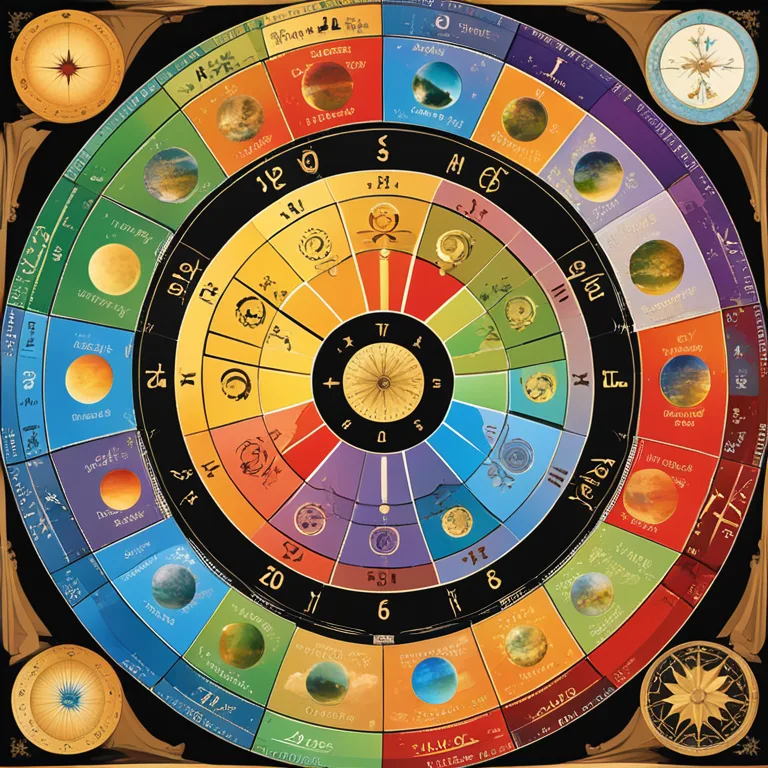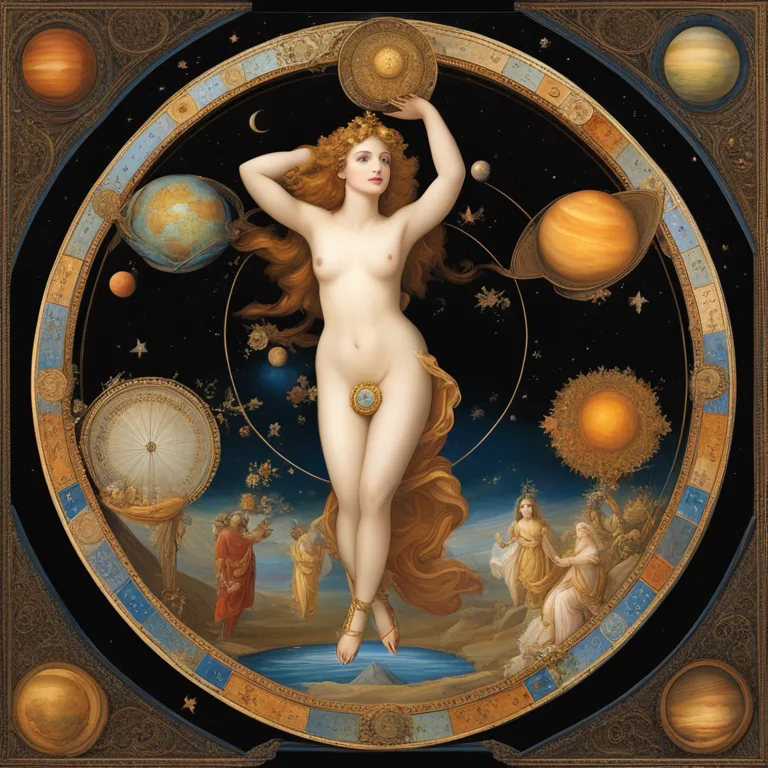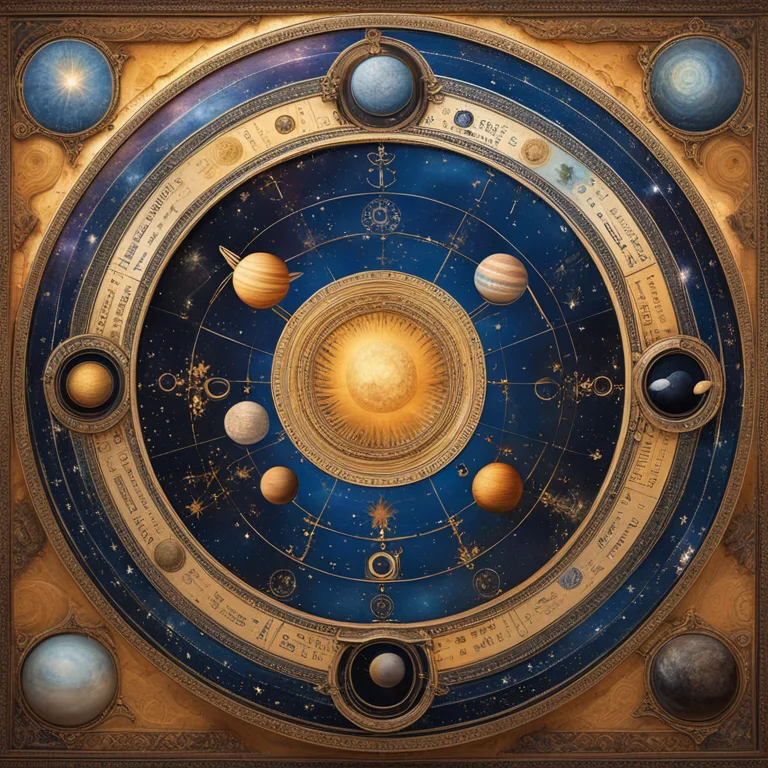
A Beginner's Guide To Birth Charts
Embark on a fascinating journey of self-discovery through the basics of birth charts, an essential tool in astrology for understanding your cosmic footprint.
article by Priya Deshmukh
Birth Chart Basics
Before delving into the cosmic world of birth charts, it's important to acknowledge astrology as an ancient practice that connects our lives with celestial events. A birth chart, also known as a natal chart, acts as a celestial snapshot of the sky at the precise moment of your birth. This personal astrological map outlines the positions of the planets, the sun, and the moon, providing insights into your personality, tendencies, and potential life path. Each element in the chart interacts with others, creating a complex and unique profile that astrologers can interpret.

The Zodiac Wheel and Houses
Your birth chart is conceptualized within a 360-degree zodiac wheel, divided into twelve houses, each representing different aspects of your life. For instance, the first house is linked with identity and self-image, while the fourth house correlates to home and family. These houses provide a grounding plane to locate where the planets and signs were distributed at your birth, offering clues to various life experiences and potentials.

Planetary Influence
The planets serve as actors on the stage set by the zodiac wheel and houses. Each planet symbolizes specific energy or aspect of life. For instance, Venus reflects love and beauty, while Mars embodies action and desire. Their placement in your birth chart unveils the styles in which these energies manifest in your life. It's not just about where the planets are, but also how they connect or aspect with one another, layering your personal narrative with complexity.

Significance of Sun, Moon, and Ascendant
While every planet's position tells part of your story, the Sun, Moon, and Ascendant (or Rising sign) hold particular significance. The Sun represents core identity and life purpose, the Moon connects to emotions and inner self, and the Ascendant signifies the persona projected to the world. Discerning these placements enlightens on personal dynamics, ranging from deep emotional needs to outward interactions.

Aspects and Alignments
Aspects are angles created by the planets in relation to one another, influencing how their energies blend. Conjunctions (planets in the same sign), oppositions (planets in opposite signs), and other aspects can indicate harmony or tension, growth or challenge. Understanding these aspects allows you to better grasp the subtleties of your personality and life experiences.
Creating Your Birth Chart
To create your birth chart, you require the exact time, date, and place of birth. This data ensures an accurate representation of the heavens. Many modern tools and services can generate a birth chart, providing you with the raw details to begin your exploration. For newcomers, it's often beneficial to consult with a professional astrologer who can guide you through the nuances and interpretations.
Future Stargazing: Transits and Progressions
While your birth chart is a static reflection of the cosmos at your first breath, the skies continue to change, interacting with your natal placements. Through observing transits and progressions, astrologers can discern upcoming trends and themes in your life, offering foresight into 2024 and beyond. Monitoring these movements helps to anticipate challenges and opportunities, showing how the current celestial weather can affect you personally.
Published: 12/27/2023
Modified: 12/28/2023
More predictions
Come back here soon to learn more about yourself and your future


Creating Your Astrological Birth Chart
Learn the step-by-step process of crafting an astrological birth chart, a personalized map of the heavens at your birth.


Daily Insights & Your Birth Chart Horoscope
Delve into the cosmic guidance of your daily horoscope, based on your unique birth chart. Gain perspective on the celestial influences shaping your day, every day.


Personal Birth Chart Analysis: Insights From Your Birth Date
Dive into the fascinating world of astrological insights with your personal birth chart analysis derived from your date of birth.